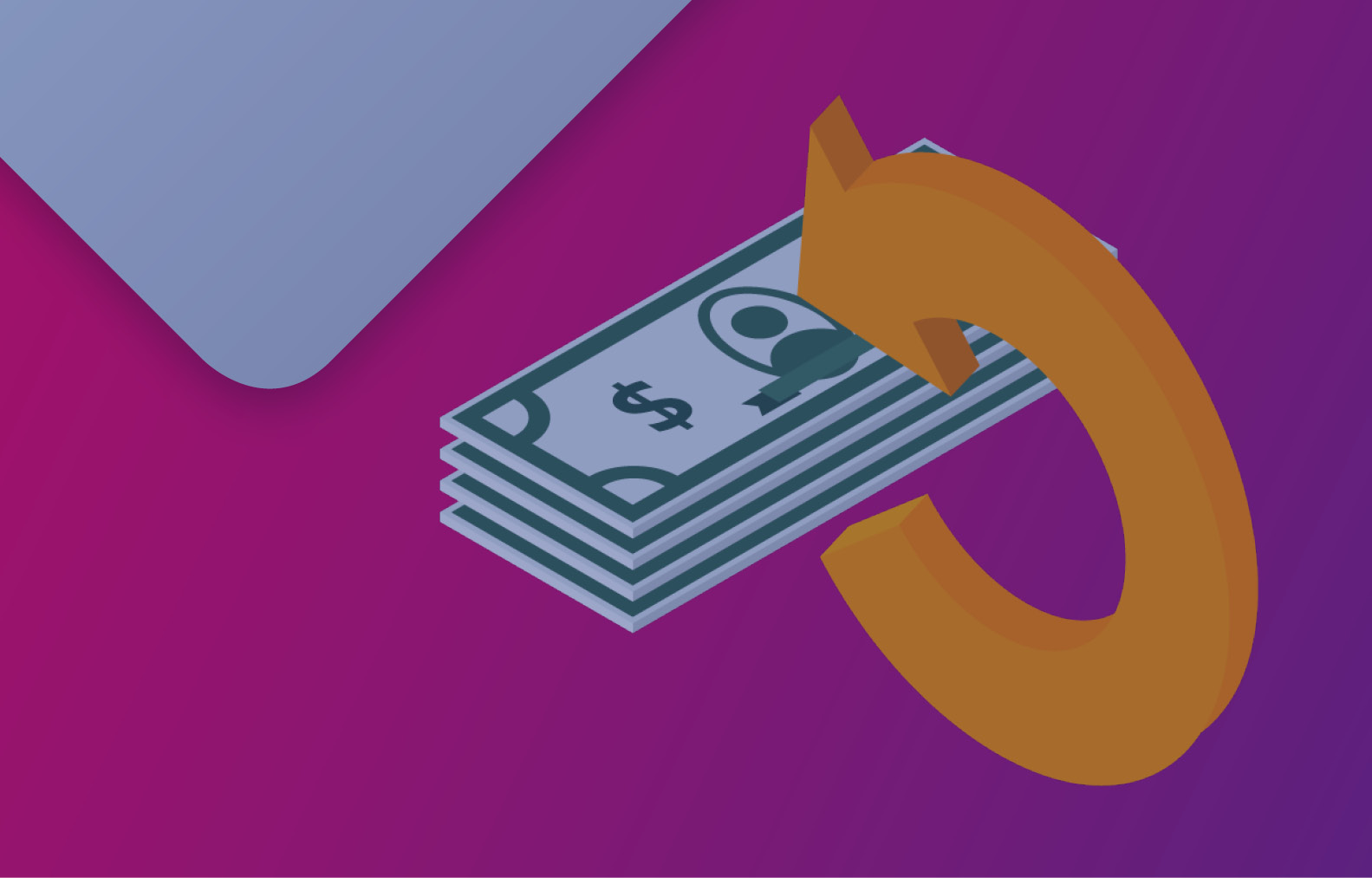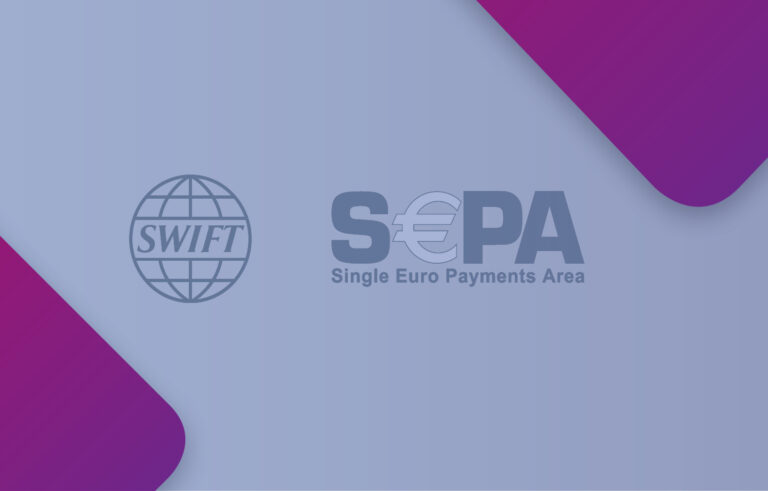
What is important to know if you do not want to deal with a chargeback.
Chargebacks are one of the more unpleasant things that can come up in interactions between merchant and client. When it comes to chargebacks, experts usually speak from the viewpoint of protecting the client’s interests. A buyer is dissatisfied with something and wants to issue a chargeback; first, the buyer contacts a bank or a trading platform whose system manages the online shop to issue the chargeback. This process is troublesome and takes a lot of time. But it is important to understand that the chargeback process is highly unpleasant for the shop as well – it hits the wallet and the reputation.
Fines and bad feedback – the last thing a merchant needs
When the client – and card holder – requests that his bank cancel a transaction, the merchant receives a chargeback. This is an unpleasant transaction for all involved, because the merchant suffers a loss, receives a negative rating, and the client remains dissatisfied and could afterwards potentially contribute negative feedback about the merchant’s business on the web.
In addition, the chargeback procedure is risky for online stores because they bear all the costs of the refund. Stores always pay a fine of around 25 dollars or euros to the bank for a chargeback. And the percent of the transaction amount, previously taken by the acquirer for the entire process, is not returned to the merchant.
In general, the Visa and Mastercard systems strictly limit the number of chargebacks per month for online shops. If a merchant exceeds the norm, then it is subjected to a system of tightened checks by their bank or payment company. Usually, such verification and control result in increasing fines for each chargeback (sometimes even up to 100 euros for each), or even in closing the account of the online store. In some cases, when the store accumulates a lot of chargebacks, it loses the ability to accept bank cards for payment.
Therefore, it makes sense that an online store or company offering online services should try to minimize the number of chargebacks. It has been said that there is no complete protection against chargeback. The client of a bank that issues cards with which buyers pay for their purchases is better protected than an online store.
Protection against scammers
In general, chargebacks can be divided into two types. The first is when a store deals with scam originating from a buyer (alas, this happens often). Here, the system is as follows: the scammer makes a payment in an online store with someone else’s card, or uses his own card, but after receiving the goods, contacts the bank or even the merchant directly – and claims that the purchase was made without his knowledge or consent.
The truth is that this kind of scam is getting less common – following implementation of 3D Secure technology (or Verified by Visa, or Mastercard SecureCode). Thanks to this function, the cardholder can confirm that it is he who is making the payment, either by using a code or entering an internet bank. 3D Secure adds another authentication step for online payments, allowing merchants and banks to additionally make sure that it is the card holder who is making the payment, to protect against fraudulent transactions. As a result, the chances of successful scam chargebacks have been greatly reduced.
The second type of chargeback is when a buyer is actually dissatisfied with an aspect of the online store experience and requires a chargeback: if the product received is not one that has been ordered, or it is of low quality, or the delivery took too long or the product never made it to the delivery address.
And speaking of the second type of chargeback, owner of online stores or providers of online services should know the following. And in fact, everything here is quite simple.
The customer is always valuable
The main and first rule for online merchants: It is always important to fulfill your obligations to the client when it comes to the product, terms of delivery, particular service and any extras.
An online merchant must always keep his finger on the pulse – and immediately contact the client if something goes wrong (and even when there is a suspicion about a possible problem). For example, the seller suddenly realizes that he will not be able to deliver the goods on time, as stipulated by the conditions for the purchase. In this situation it’s a bad idea to keep the client in the dark. The seller should inform the client in a timely manner. In this case, the client will not be worried (at least, the seller will have done everything possible to calm him) and will not demand a chargeback when the product doesn’t arrive two to three days after it was promised.
If an online store owner finds out that a product which has been ordered cannot be sent to the customer at all, it’s better to contact the client, promptly and directly – and offer to return the money to his card, rather than wait until the disgruntled customer requests chargeback through the bank or gives a negative review on the internet. In general, it has proven true that when a store keeps in good contact with their buyers, chargebacks rarely happen.
It is important for an online store owner or online service provider to set up a system for communicating with customers on their website so that they can always reach them, and do so before they contact their bank. Often it happens like this: a client does not receive what he has ordered in due time, tries to contact the online store, waits, does not receive an answer (the phones are silent, no response via email either). The frustrated client then asks the bank to issue a chargeback as soon as possible.
In general, a customer contacting an online stores wants to see clearly who he is dealing with, to feel that he is not being cheated and be confident that all transactions will be carried out correctly.
Rules for backup
In online stores, there is usually a section called Terms and Policies, or Terms and Conditions, which describes in detail the conditions under which an exchange or refund will be made, to clarify this for the client so that there will be no need in chargeback.
Savvy online merchants usually write in the beginning of this section something like: “All our products have passed quality control and are checked for defects before being sent to customers. However, if the goods you received are not in perfect condition, please contact us immediately. If you are not completely satisfied with your purchase, we will return the money or exchange the goods within 10-14 business days from the date it was received, provided that…” And at this point the conditions follow.
As a rule, the list of conditions is not long, but all the terms, rules and policies of the company are clearly stated. Usually, clients understand that the chargeback procedure and the actual refund take enough time, and so they first try to resolve the issue with the seller.
Stores should also take steps to secure themselves. For example, provide documents confirming that the customer has received the product or service in accordance with the description previously stated. It is also important, through the courier who delivers the order to the customer, to get a receipt and confirmation of delivery. These rules can protect owners of online stores against the unpleasant experience of a chargeback.
Subscribe to our page on Facebook to stay up-to-date on the latest news from the world of Fintech, and also contact Bilderlings‘ specialists and we will find the best offer for you.






